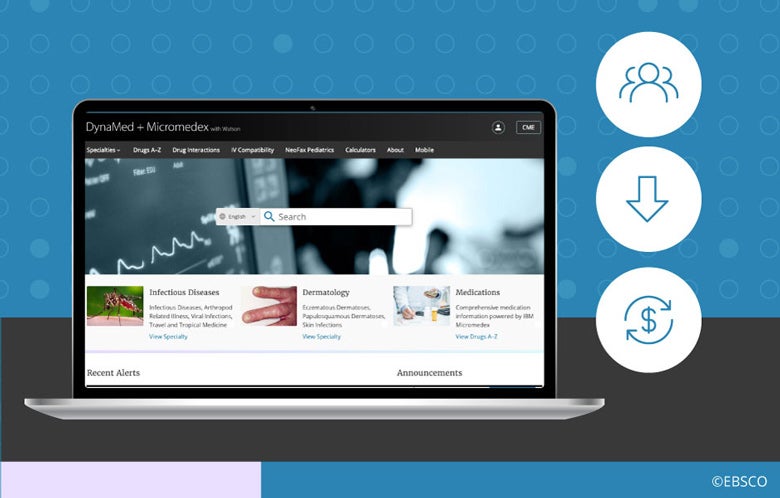POC doesn’t stand for point-of-care. It stands for the PINNACLE OF CHAOS.[i]
Today’s clinicians are confronted with a constant flow of increasingly complex patients cared for within an infrastructure that has become equally complex. In his book The Checklist Manifesto, Atul Gawande wrote, “Medicine has become the art of managing extreme complexity — and a test of whether such complexity can, in fact, be humanly mastered.”[ii] Interruptions and distractions are the rule, not the exception. Medicine has transitioned from being patient-centric to necessitating a balance between patients and the myriad regulatory, payor and institutional pressures placed on clinicians. This has led to both clinician and patient dissatisfaction. Expectations, however, have not changed. Patients expect and deserve excellent care provided by knowledgeable and empathetic clinicians.
Although clinician burnout has become more pervasive in this milieu, it is not a new challenge. In 1971, one of the first accounts of the negative effects of “vocational burnout” was in U.S. air traffic controllers (ATCs) manifesting as a decline in quality and quantity of work production.[iii] In 1974, Freudenberger described burnout as particularly pertinent to caring professionals.[iv] Much work continues to examine clinician burnout’s roots and to mitigate its consequences. Strategies to enhance personal resilience abound, however, addressing the systemic conditions that contribute to burnout is essential. Sinsky reported that for every two hours physicians provide direct care, nearly two additional hours are spent on clerical work.[v] The thoughtful development of POC tools that not only provide current, evidence-based information but also integrate into and streamline a clinician’s workflow can address the ever-increasing documentation, payor and regulatory burden and contribute to care quality and clinician satisfaction.
The exponential growth of medical knowledge has also contributed to the challenges faced by today’s clinicians. The doubling time of medical knowledge in 1950 was fifty years, in 1980, seven years; and in 2010, three and a half years. In 2020, it is projected to be 0.2 years — just 73 days.[vi] To make matters even more difficult, “approximately two-thirds to three-quarters of knowledge is retained after one year, falling to below 50 percent after a second.”[vii] These statements highlight another important challenge confronting today’s clinicians. The explosion of medical discovery requires a different approach to the gathering and retention of medical knowledge.
My first two non-clinical years of medical school were spent being force-fed facts during a never-ending stream of lectures. After class, I would work on assigned “problems” integrating the learned facts into my medical “memory banks”. This repeated itself day after day. The internet and other digital technologies have paved the way for a better approach to address the problem of too many facts to learn and to integrate. Many medical schools no longer offer lectures. Instead, students arrive at class having learned the necessary facts from a variety of resources. In-class activities include small group, professor-led discussions utilizing the facts learned to shape a clinical approach. This “flipped classroom” recognizes the availability of facts, and that today’s essential skill is their incorporation into clinical reasoning. Digital tools have become an essential element to address these challenges.
Given this evolution, specialty boards and professional societies have altered their approach to ensuring maintenance of clinical competence. In the past, board certification required a one-time completion of a fact-based examination. As the volume and pace of medical knowledge intensified, board certification became time limited. Re-taking the boards was a strategy to maintain clinical competence, and integrate new knowledge into practice. Recognizing that both the volume of facts and their ready availability continued to evolve, specialty boards began to allow “open-book” examinations, more closely emulating clinical practice. A trend has developed that focuses less on fact-based examinations and more on “life-long learning”. Maintenance of certification now involves strategies that recognize that medical facts are readily available and that the competent practice of medicine involves the integration of these facts into clinical decision-making followed by the thoughtful and empathetic implementation of these decisions.
As the volume of information and the practice of medicine evolves, the importance of POC tools has intensified. They can enable clinicians to make decisions based on current, evidence-based facts. It is essential that the evolution of POC tools keep pace with these changes.
In the next installment of this series, we will look at the history of POC tools and how they have traditionally been used. In the final installment, we will examine the future to consider how these tools may continue to evolve to meet the needs of both clinicians and patients.
[i] Personal communication. Richard Loria, MD
[ii] Gawande A. The Checklist Manifesto. How to Get Things Right. New York: Metropolitan Books. 2009.
[iii] Calabrese JA. The PATCO dispute—a need for change in public employee labor settlements. DePaul L Rev 1971; 20:699.
[iv] Freudenberger HJ. Staff burn‐out. J Soc Issues. 1974;30(1):159-65.
[v] Sinsky C, Colligan L, Li L, et al. Allocation of Physician Time in Ambulatory Practice: A Time and Motion Study in 4 Specialties. Ann Intern Med. 2016 Dec 6;165(11):753-760.
[vi] Densen P. Challenges and Opportunities Facing Medical Education. Trans Am Clin Climatol Assoc. 2011 122: 48–58.
[vii] Custers EJFM. Long-term retention of basic science knowledge: A review study. Adv Health Sci Educ Theory Pract. 2010 Mar;15(1):109-128.


